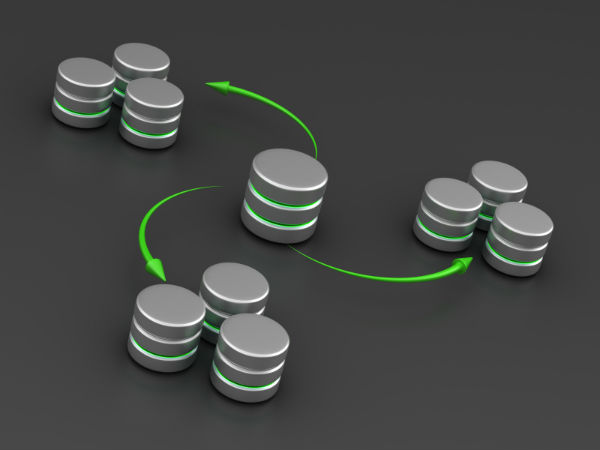How to Resolve Cloud Application Migration Issues?

As cloud becomes more advanced, complexities affect growth. Operational challenges, if not dealt with immediately, could stall continuity, leading to loss of both revenue and reputation. One of the major challenges faced by enterprises is migration of key business applications to the cloud. When CIOs or managers issue an order asking staff to migrate applications, headaches often ensue.
This probably explains why a large amount of IT expenditure goes into making applications portable. Other problems include:
Lack of experienced personnel: Without people experienced in managing and controlling application portability onto the cloud, your application portability task will flop. Porting key business apps onto a cloud requires the same expertise and precision of a brain transplant, hence there is no room for even the slightest mistake. Companies should put job applicants through live testing scenarios before deciding to hire.
Handling confidential enterprise data: The internet is a playground for malicious software, viruses, illegal bots. Migrating crucial business data and applications thus requires extensive preparation and precaution to safeguard crucial data. The solution is to maintain a strict security firewall to prevent intrusions. The entire cloud platform should be under constant surveillance, with suspicious events traced and reported to the respective authority.
Involvement of 3rd Party: If IT is not your key competency, then migrating to a cloud-based business environment requires a 3rd-party provider who has expertise in cloud operations and management. Firms must choose a premium partner with a proven track record in providing cloud-based solutions. Check out their previous partnerships and analyse how their solutions responded to vulnerabilities and threats.
Integration of in-house and cloud applications: The technical integration of data as well as business applications is a key cloud issue. Companies prefer to keep a certain amount of applications and data in-house while migrating to cloud. However the migrated applications may depend on in-house data for operations, which requires a technically-challenging integration. A proper scheduling and systematic approach to migration would solve this issue. Identification of dependent systems, calculating impact of migration and planned migration onto a trusted cloud platform is vital.
Support for legacy systems: Moving to the cloud ultimately results in change of infrastructure and adoption of new standards of business operations. Newly-integrated software platforms and hardware components make their way into offices but spark problems concerning interoperability of existing legacy systems with new components. It is wiser to upgrade legacy systems rather than degrade cloud infrastructure to facilitate interoperability. Aging systems hinder cloud performance, also creating greater workload because of slower processing capability.
Resolving migration issues at the earliest opportunity paves the way for greater success for cloud-based business. GMO Cloud takes pride in the excellent service they provide and proven track record. With the introduction of the public cloud offering, additional services – which includes migration - were included to complement and follow through on the core services sold.
Be Part of Our Cloud Conversation
Our articles are written to provide you with tools and information to meet your IT and cloud solution needs. Join us on Facebook and Twitter.
About the Guest Author:

Mandira Srivastava is a fulltime freelance writer who specializes in technology, health and fitness, politics, and financial writing. Equipped with degree of mass communication and having worked for both private and corporate clients, I have experience meeting a wide range of writing requirements and styles.


